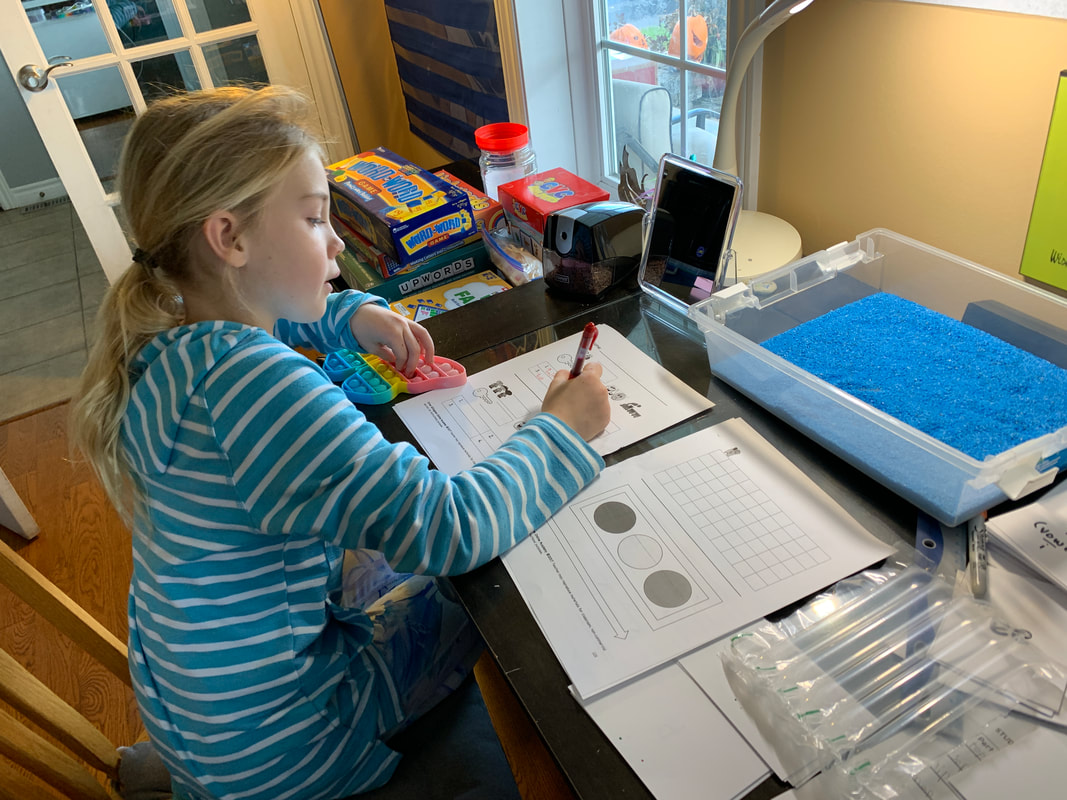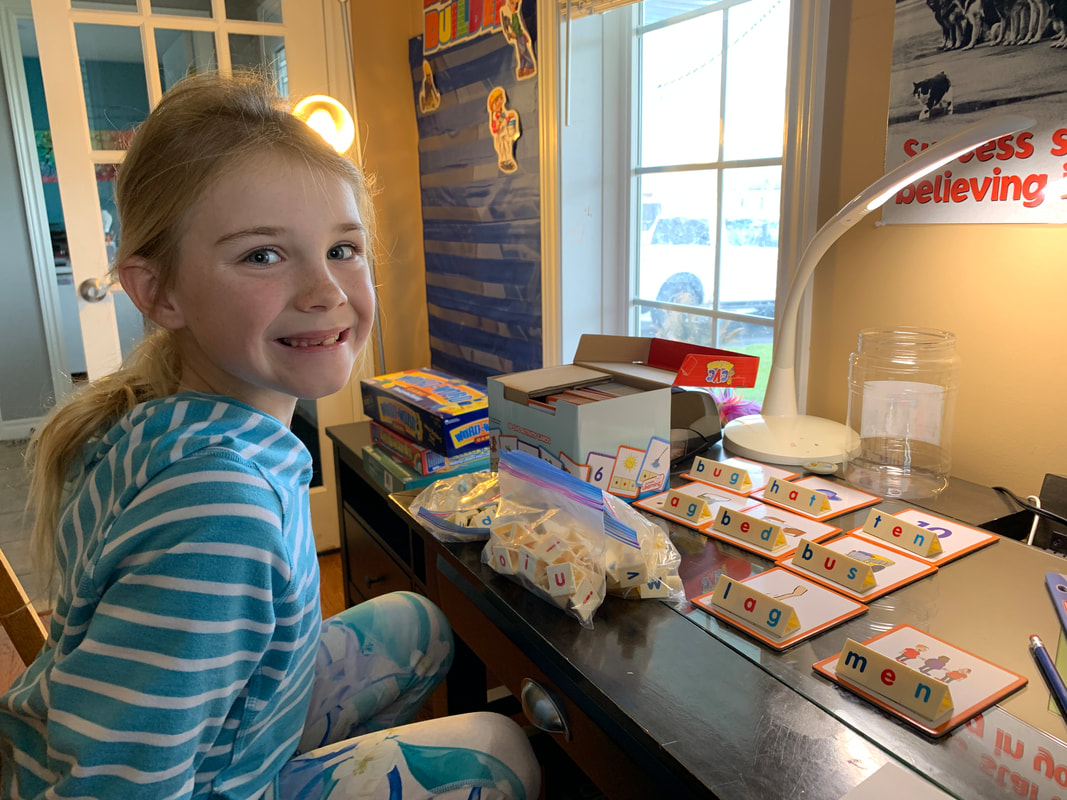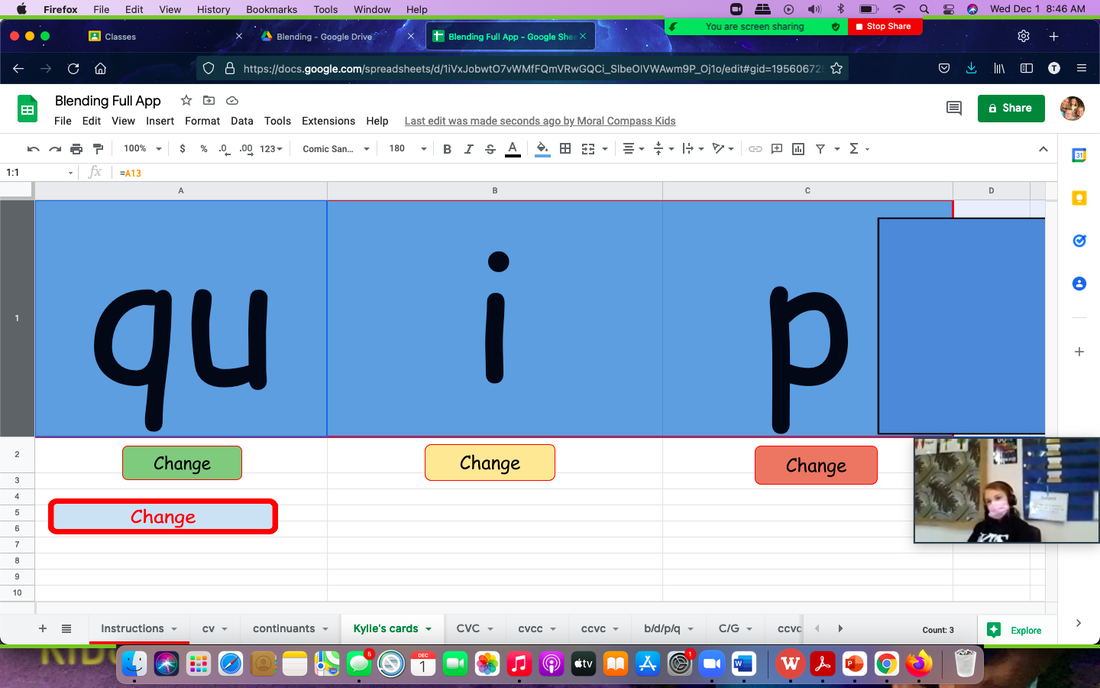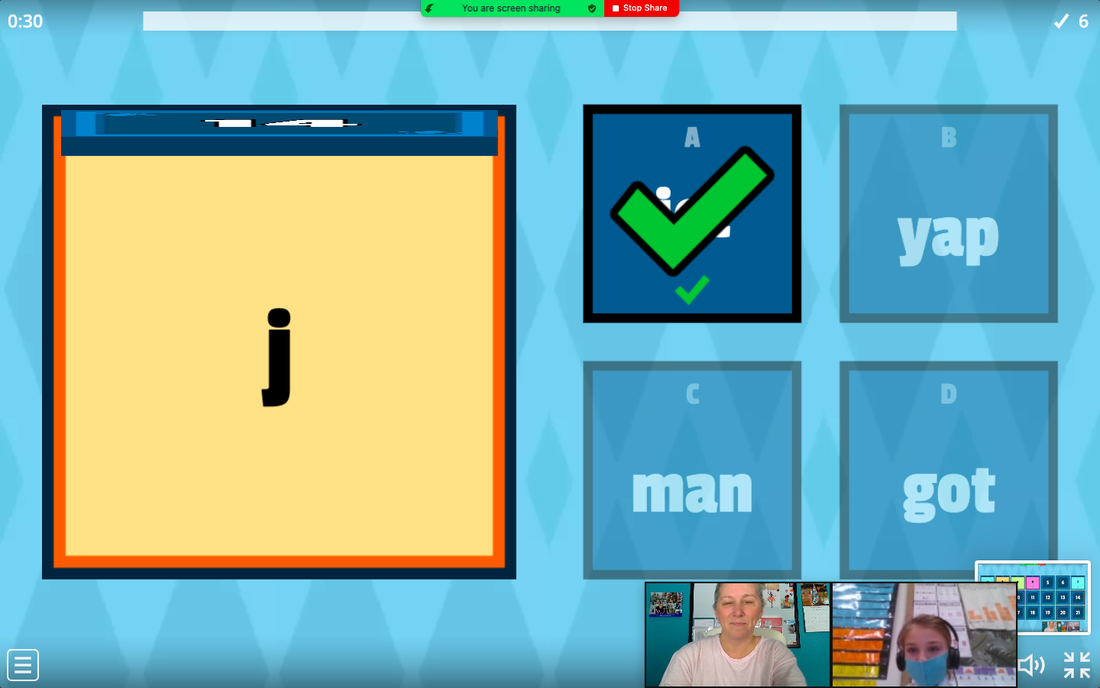Multi-sensory learning strategies & samples
|
A student demonstrating the power of repetition and multi-sensory learning.
|
What is multisensory education?
Multisensory learning involves the use of visual, auditory, and kinesthetic-tactile pathways simultaneously to enhance memory and learning of written language. Links are consistently made between the visual (language we see) , auditory (language we hear) , and kinesthetic-tactile (language symbols we feel) pathways in learning to read and spell. ① All learning happens through the senses, which act as pathways to the brain. These are the primary pathways to a child’s brain:
The Orton-Gillingham Approach is always focused upon the learning needs of the individual student. Orton-Gillingham (OG) practitioners design lessons and materials to work with students at the level they present by pacing instruction and the introduction of new materials to their individual strengths and weaknesses.③ |
These photos and videos are posted with permission to show a few (but not all) ways that we weave multi-sensory activities into our lessons.
|
|
|
|
|
|
International Dyslexia Association. Multisensory Structured Language Teaching Fact Sheet. Retrieved from dyslexiaida.org: https://dyslexiaida.org/multisensory-structured-language-teaching-fact-sheet/. ①
https://child1st.com/blogs/resources/what-is-multisensory-learning-why-is-it-so-effective②
https://www.ortonacademy.org/resources/what-is-the-orton-gillingham-approach/③
https://child1st.com/blogs/resources/what-is-multisensory-learning-why-is-it-so-effective②
https://www.ortonacademy.org/resources/what-is-the-orton-gillingham-approach/③




